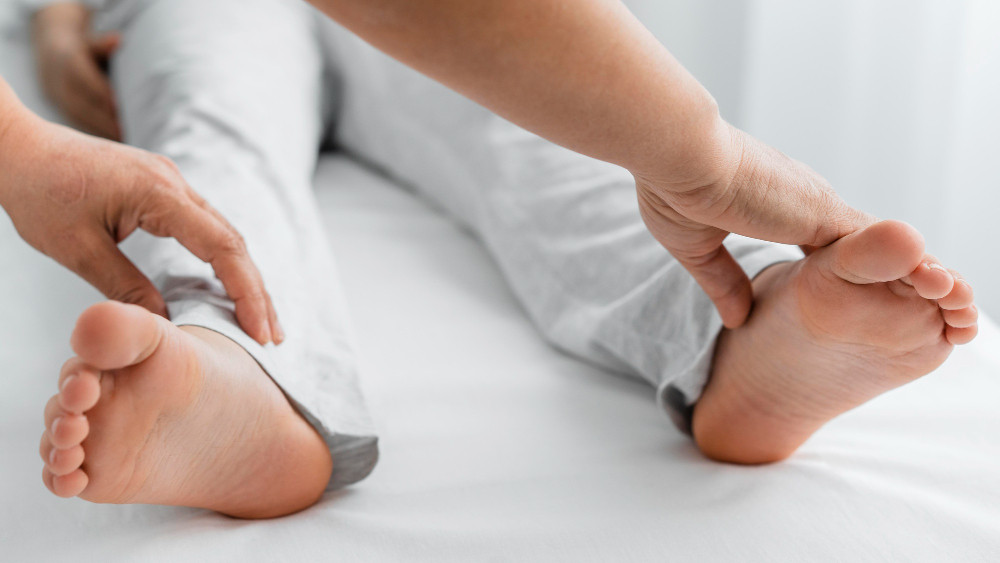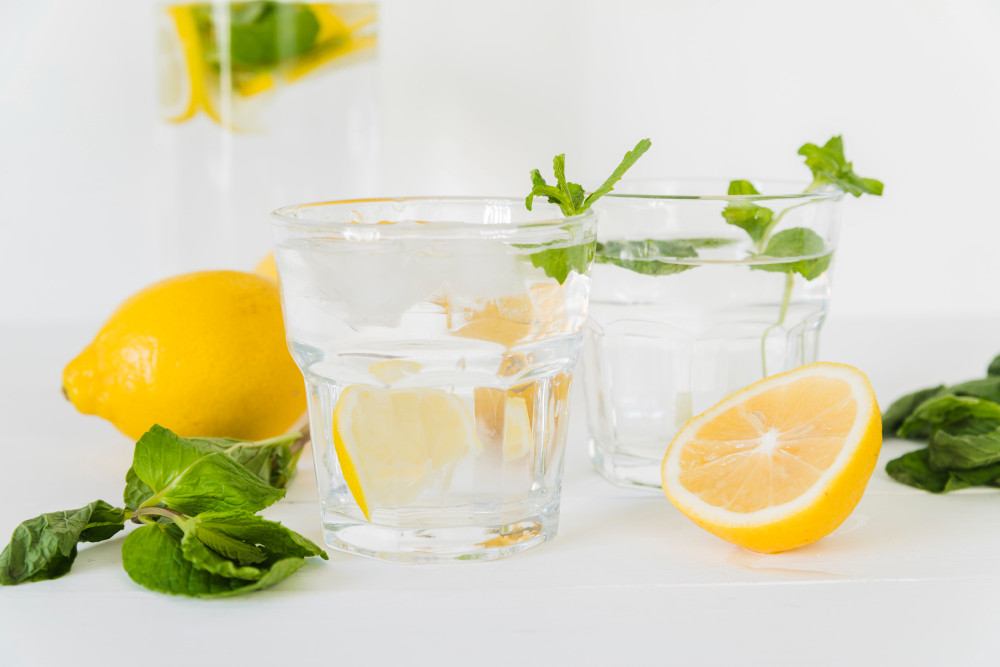Gout is often associated with the big toe, but it can also target other joints, including the ankle. Gout attacks in the ankle can be extremely painful and can disrupt daily activities.
If left untreated, gout in the ankle can lead to chronic inflammation, the formation of hard nodules (tophi), persistent arthritis, infections, and an increased risk of kidney stones.
Symptoms of Gout in the Ankle
The symptoms of gout in the ankle are similar to those seen in other joints. Common signs include:
- Sudden, intense pain, often peaking at night or in the early morning.
- Swelling and warmth in the affected ankle.
- Redness around the inflamed joint.
- Difficulty moving the ankle due to pain and swelling.
Managing Gout in the Ankle
While gout in the ankle can be managed, it cannot be fully cured. The aim of treatment is to control symptoms and prevent future attacks. Here are some treatment recommendations:
Cold Compress
Applying a cold compress to the ankle using ice wrapped in a towel can help alleviate pain and swelling. This should be done for 15-20 minutes several times throughout the day.
Stay Hydrated
To manage the symptoms of gout, it is very important to ensure that the body remains hydrated. It’s essential to drink enough water to help your kidneys flush out uric acid through urine more effectively.
Staying hydrated can also reduce the risk of uric acid crystals accumulating in the kidneys, which can cause kidney stones.
Rest Your Joint
When experiencing a gout attack in the ankle, avoid movements that put additional pressure on the joint. Resting will help reduce inflammation and prevent further damage.
Avoid High-Purine Foods
Avoiding purine-rich foods is a key step in preventing gout flare-ups. Purines are natural substances found in many foods, and when broken down by the body, they create uric acid. For people prone to high uric acid levels, eating purine-rich foods can trigger gout attacks.
Foods high in purine to limit or avoid include:
- Organ meats like liver, kidneys, brain, intestines, and spleen.
- Red meats such as beef, lamb, and pork.
- Seafood like shellfish, sardines, anchovies, mackerel, and shrimp.
- Alcohol, especially beer.
- Sugary foods and beverages, particularly sodas or fruit juices with added sweeteners like fructose.
Medications
Nonsteroidal anti-inflammatory drugs (NSAIDs) such as ibuprofen can help reduce pain and inflammation. Doctors may also prescribe medications like allopurinol to lower uric acid levels in the blood.
Managing gout with proper treatment, lifestyle changes, and medications is crucial to reducing symptoms and preventing future flare-ups. If you frequently suffer from gout attacks, consult a doctor for the appropriate treatment.
You can also access the Ai Care health consultation service by downloading it from the App Store or Play Store.
Looking for more information about other diseases? Click here!
- dr Nadia Opmalina
Carrie Madormo, RN, MPH (2024). What To Know About Gout in the Ankle. Available from: https://www.health.com/condition/gout/gout-pain-relief
Mayo Clinic (2022). Gout. Available from: https://www.mayoclinic.org/diseases-conditions/gout/symptoms-causes/syc-20372897
Lana Barhum (2022). How to Treat Gout in the Ankle. Available from: https://www.verywellhealth.com/ankle-gout-treatment-5667256
WebMD (2023). How to Treat Gout Attacks at Home. Available from: https://www.webmd.com/arthritis/gout-attacks-at-home
Cleveland Clinic (2022). Gout Low Purine Diet. Available from: https://my.clevelandclinic.org/health/treatments/22548-gout-low-purine-diet
WebMD (2022). Foods High in Purines. Available from: https://www.webmd.com/diet/foods-high-in-purines











